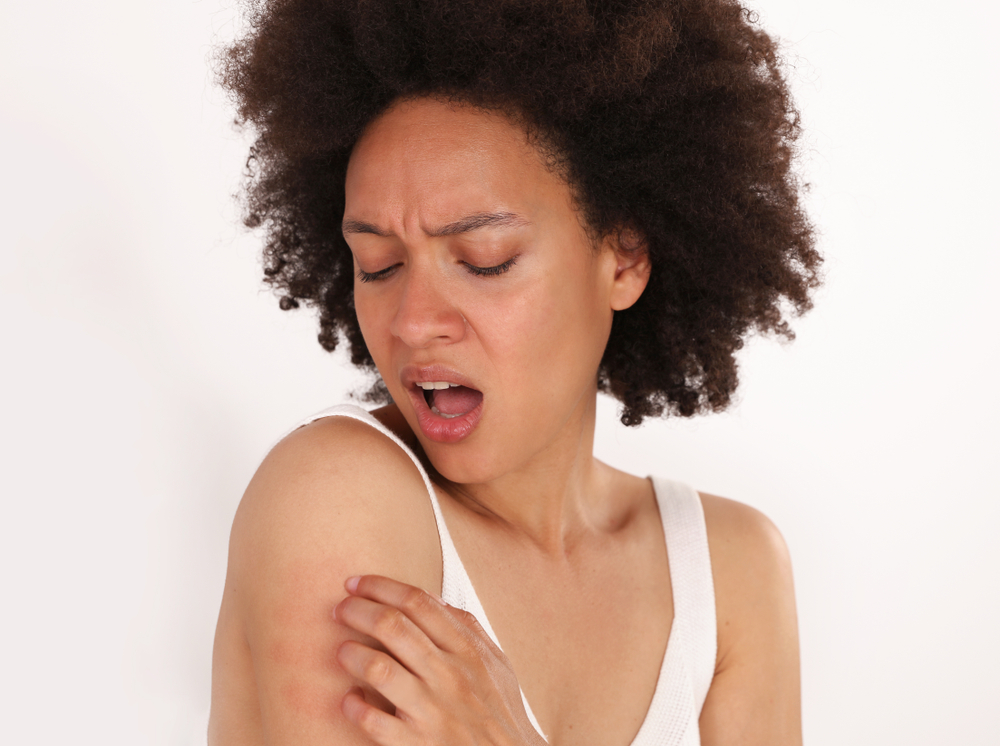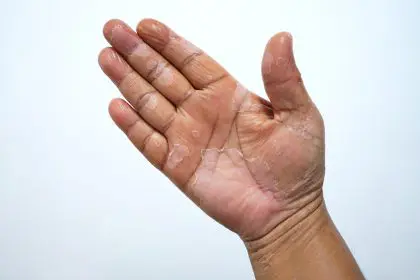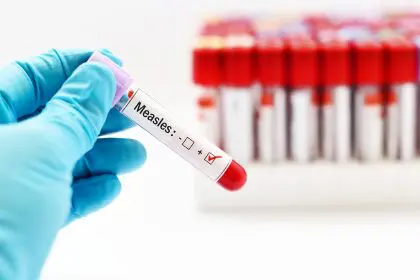Living with eczema affects more than just the skin – it influences everything from sleep patterns to clothing choices and social interactions. This inflammatory skin condition, which comes from a Greek word meaning ‘to boil over,’ encompasses seven distinct types that share common symptoms but require different approaches to treatment. Understanding these variations can make a significant difference in managing the condition effectively.
Breaking down the seven types of eczema
Atopic dermatitis stands as the most common form of eczema, typically appearing in childhood and potentially continuing through adulthood. This chronic condition often runs in families and frequently occurs alongside other allergic conditions like asthma or hay fever. People with atopic dermatitis experience dry, itchy skin that can become raw and weepy when scratched.
Contact dermatitis develops when the skin reacts to something it touches. This reaction can be irritant-based, caused by substances like harsh soaps or chemicals, or allergic, triggered by materials such as nickel or latex. The key to managing this type involves identifying and avoiding specific triggers.
Dyshidrotic eczema specifically targets the hands and feet, creating small, intensely itchy blisters. These painful blisters can make everyday tasks challenging, from typing on a keyboard to wearing closed shoes. Stress, metal exposure, and high temperatures often trigger flare-ups of this condition.
Neurodermatitis often begins with a small, intensely itchy patch that expands due to persistent scratching. This type of eczema can become a cycle of itch and scratch, leading to thick, leathery skin in affected areas. Breaking this cycle requires specific management techniques and sometimes behavioral therapy.
Nummular eczema presents as circular or oval patches on the skin, often triggered by insect bites, dry skin, or other skin injuries. These distinctive coin-shaped patches can be incredibly itchy and may ooze fluid, requiring careful treatment to prevent infection.
Seborrheic dermatitis commonly affects areas rich in oil glands, such as the scalp, face, and upper chest. This type creates scaly patches and redness, often mistaken for dandruff when it appears on the scalp. Unlike other forms of eczema, this type may respond well to antifungal treatments.
Stasis dermatitis develops in people with poor circulation, typically appearing on the lower legs. This type often accompanies varicose veins and can lead to skin changes, swelling, and ulcers if left untreated. Managing underlying circulation issues plays a crucial role in treating this form of eczema.
Recognizing when to seek help
Common warning signs across all types of eczema include persistent itching, redness, and inflammation. However, certain symptoms should prompt immediate medical attention. These include severe pain, widespread rash, fever, or signs of infection such as yellow or green fluid from affected areas. Skin that becomes unusually warm or develops streaking redness needs professional evaluation.
Daily management strategies that work
Creating an effective skincare routine forms the foundation of eczema management. This includes using gentle, fragrance-free cleansers and applying moisturizer while skin remains damp after bathing. The right timing of moisturizer application can significantly improve its effectiveness in preventing water loss from the skin.
Temperature and humidity control in living spaces can help prevent flare-ups. Using a humidifier during dry seasons and maintaining cool temperatures can reduce the likelihood of symptoms. Additionally, choosing clothing made from soft, natural fibers like cotton can minimize skin irritation.
Understanding trigger factors
Identifying personal triggers helps prevent flare-ups before they begin. Common triggers include: certain fabrics, especially wool and synthetic materials temperature extremes and sweating stress and anxiety specific foods for some individuals environmental allergens like pollen or pet dander harsh soaps and detergents
The role of diet in skin health
While food allergies can trigger eczema in some people, maintaining overall skin health through diet plays an important role for everyone with the condition. Foods rich in omega-3 fatty acids, such as fatty fish and flaxseeds, may help reduce inflammation. Probiotics found in fermented foods might also support skin health from the inside out.
Advanced treatment options
When lifestyle changes and over-the-counter treatments prove insufficient, medical professionals can offer additional solutions. These may include:
Prescription topical medications to reduce inflammation and control itching Oral medications for severe cases Phototherapy using controlled UV light exposure Biologics for specific types of severe eczema Injectable medications that target the immune system
Looking ahead to new developments
Research continues to advance understanding of eczema and potential treatments. New biologics and targeted therapies show promise in managing severe cases that don’t respond to traditional treatments. Scientists also explore the connection between gut health and skin inflammation, potentially opening new avenues for treatment.
Building a support system
Living with eczema can feel isolating, but connecting with others who share similar experiences can provide emotional support and practical advice. Support groups, both online and in-person, offer spaces to share management strategies and cope with the psychological impact of chronic skin conditions.
The importance of stress management
Since stress can trigger or worsen eczema symptoms, developing effective stress management techniques becomes crucial for long-term control. Regular exercise, adequate sleep, and relaxation practices like meditation can help maintain both emotional and skin health.
Understanding and managing eczema requires patience and often involves trying different approaches to find what works best. While the condition can be challenging, the right combination of treatment strategies can help most people achieve significant improvement in their symptoms and quality of life.













